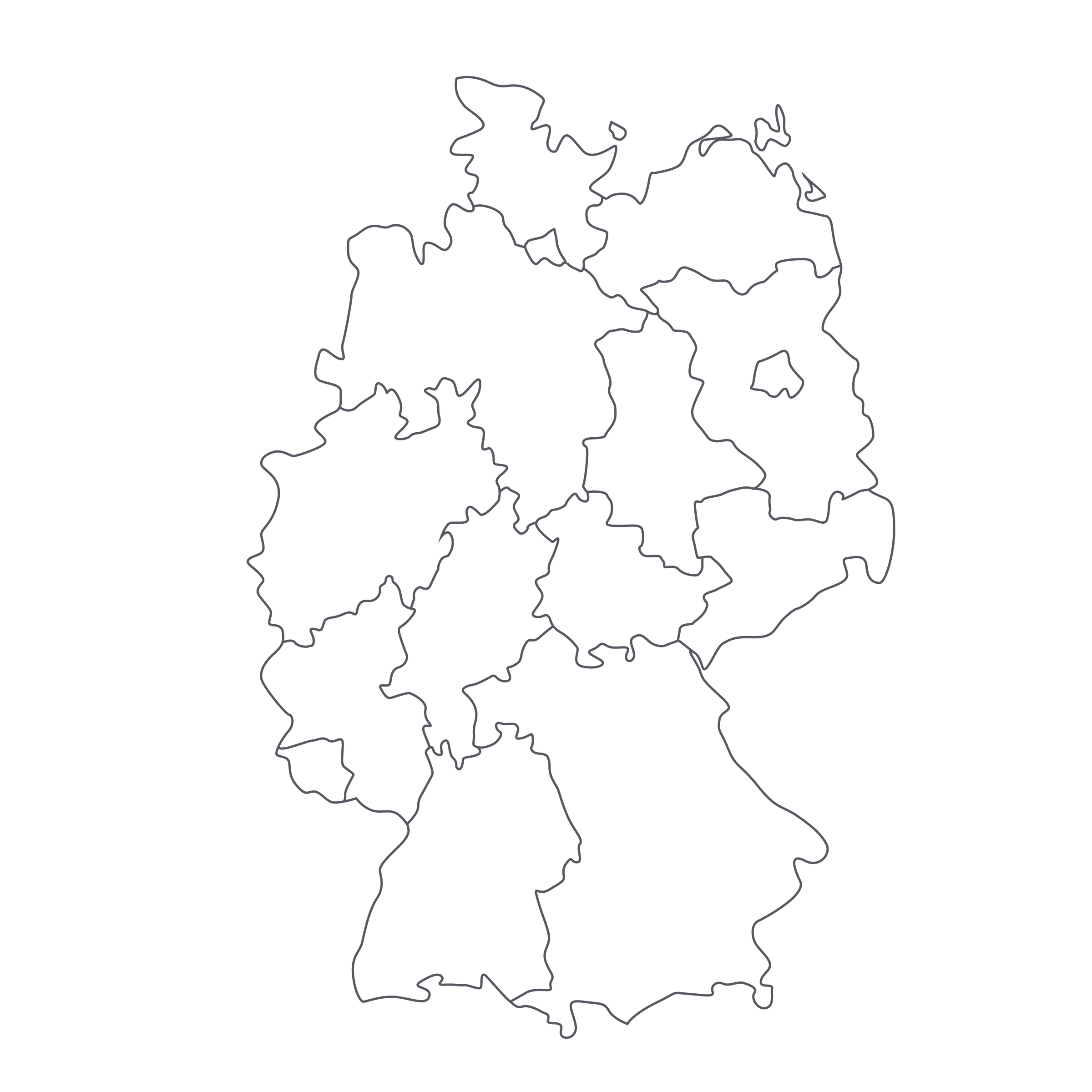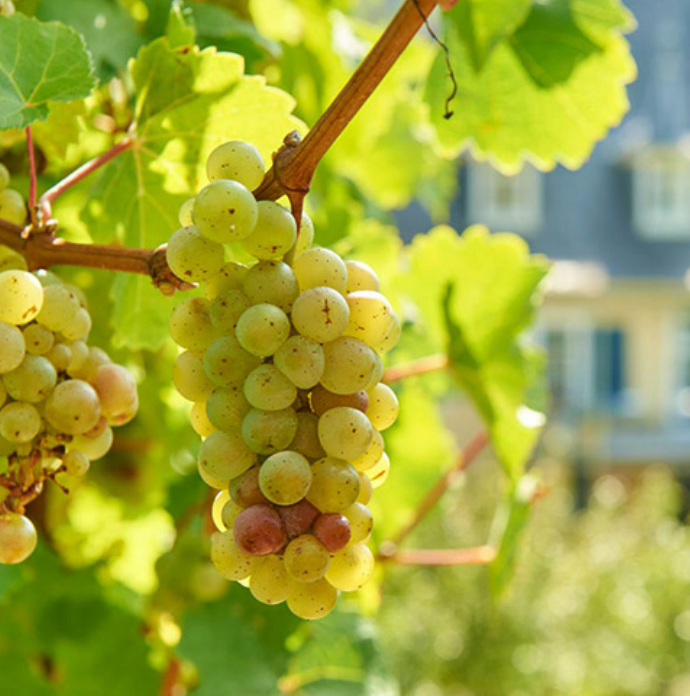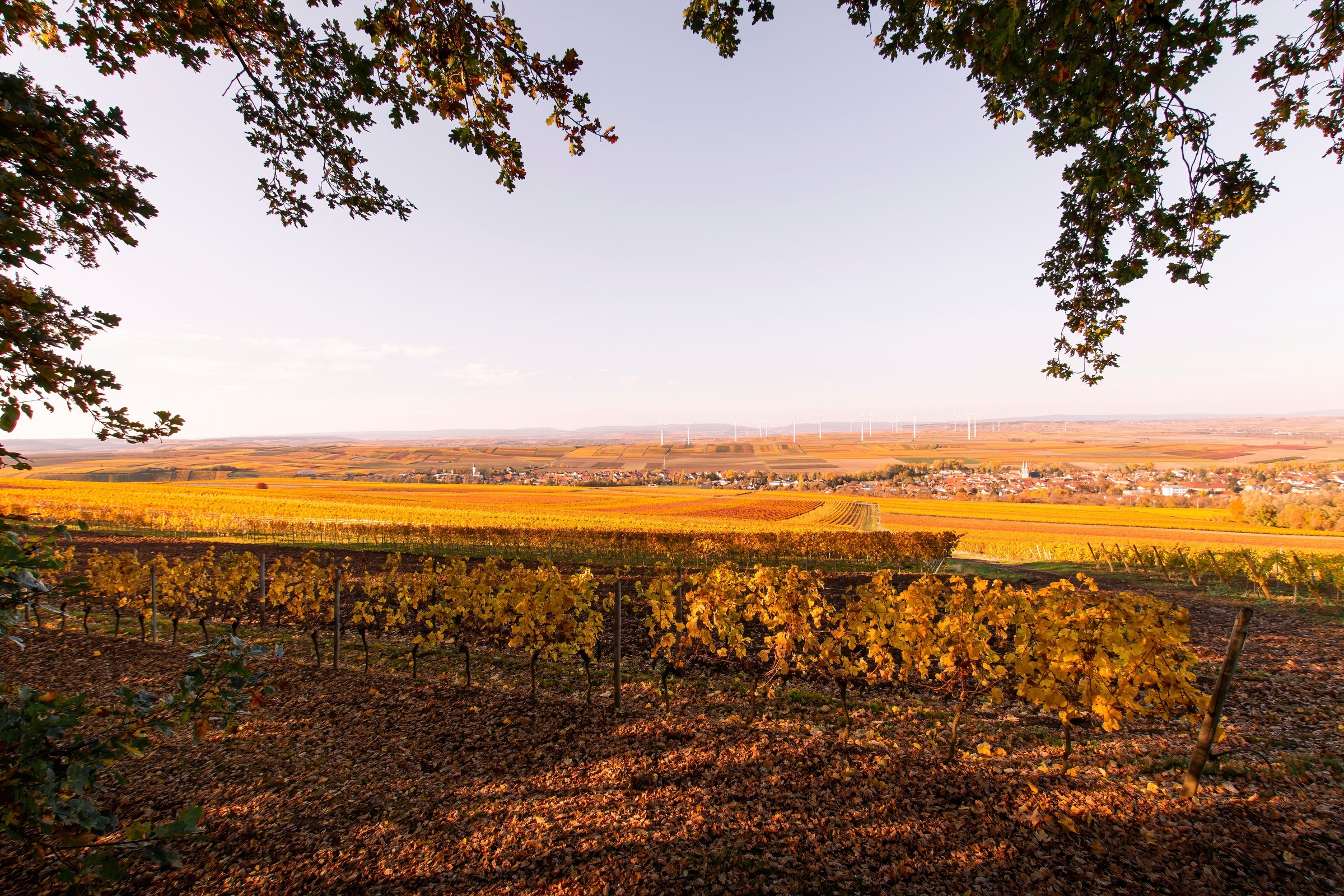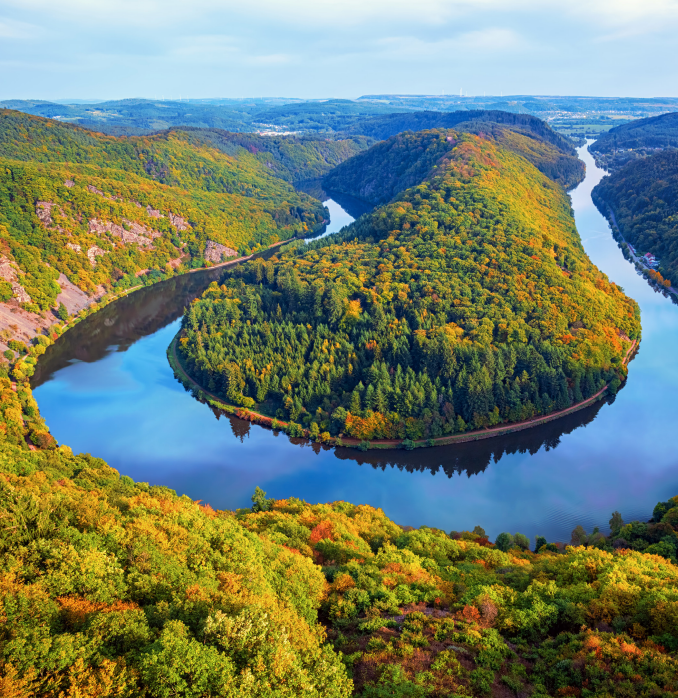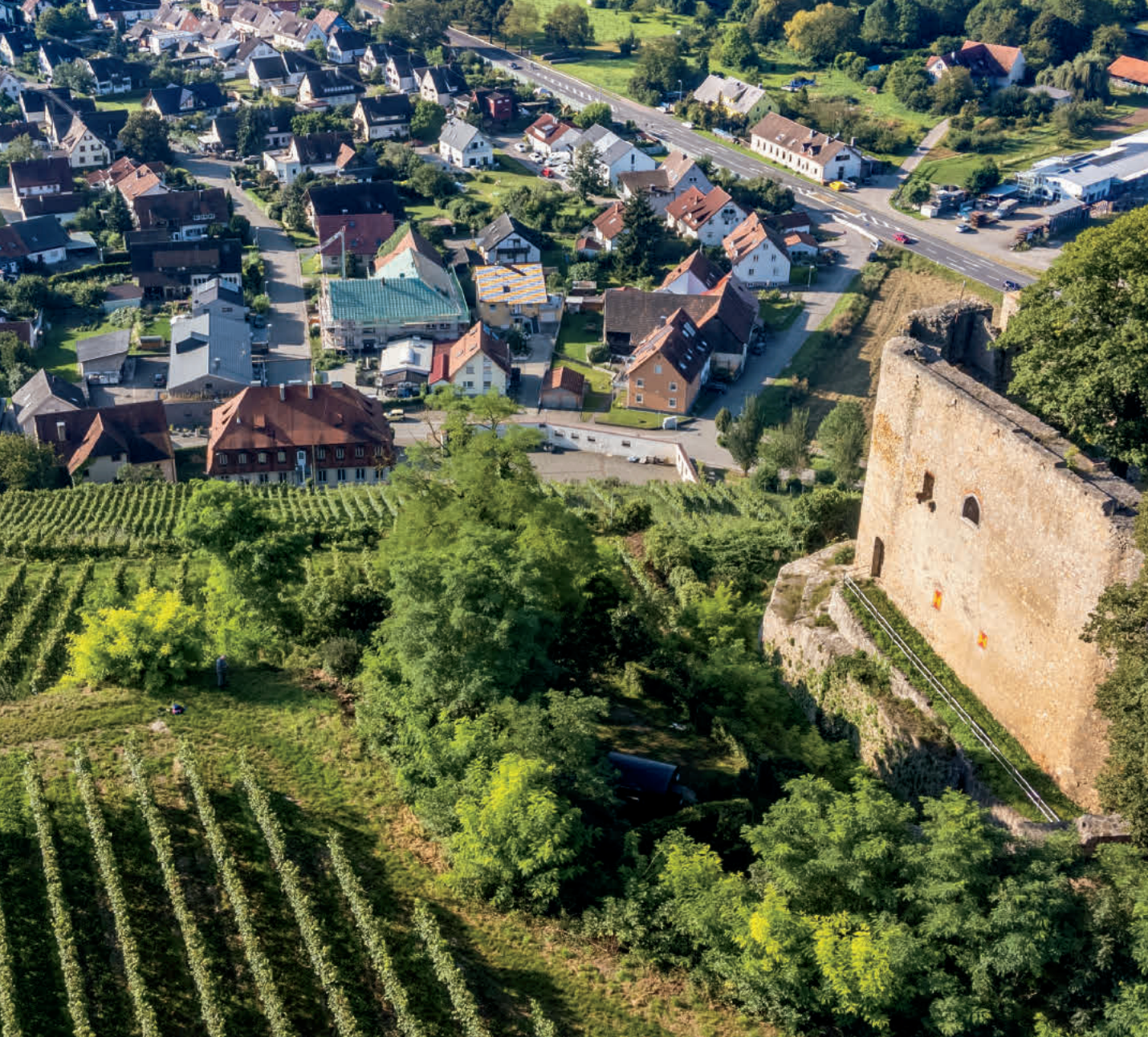April 17, 1643. The Richter family purchases their first Riesling vines in the town of Brauneberg. December 5th, 2021. We’re able to offer an absolutely perfect, supremely affordable Riesling Kabinett, not just from the same family but the village where they started 10 generations ago. And still, there’s more: This is specifically from “Juffer,” one of the Mosel’s best, terrifyingly steep Grand Cru (Grosse Lage) vineyards. Truly, if I were to teach a class about benchmark wines of the world, today’s Riesling Kabinett would be a top feature in the lineup.
The level of detail, ancient intrigue, and outrageous value each benchmark bottle holds is miles off the charts. But just as important as its historical significance and best-in-class terroir is the thrillingly delicious wine experience inside. This is a fascinating indoctrination into elite off-dry Riesling—a beguiling world in which lush fruit and residual sugar are perfectly balanced by electrifying acidity and a vapor trail of minerality, courtesy of Devonian slate soils. What’s more, these ethereal and finely textured beauties seem to persist on the palate endlessly—just like their cellar life! And the price after all these years in the spotlight is still $27? Forgive me for sounding crass, but that’s stupid cheap!
The Richter family exists as one of the old guards of Mosel wine: Their first vineyard purchase came in 1643, they became a wine exporter in 1680, and their current-day cellar was built in 1880. Today, the estate is run by Dirk Richter, who’s training his son Constantin to become a 10th-generation proprietor. Because they’ve been dominating their field for centuries, not much has been altered—manual work in the vineyard and natural ferments in the cellar with traditional oak “fuders” is the norm.
Their choice parcels in Juffer are among their pride and joys. Again, just take a look at this vineyard (the vines immediately surrounding the small rock face in the center can be labeled “Juffer-Sonnenuhr”). With gradients up to 80% and slate soils rich in iron, this is among the most globally revered and recognized Grosse Lage vineyards. The Richters painstakingly farm their parcel by hand, use natural fertilizers, and avoid the use of pesticides and herbicides. Yields are kept extremely low, and spontaneous fermentations in the cellar occur in large, old fuders that hold roughly 1,000 liters. The wine is bottled after a few months of maturation.
Kabinett Rieslings are always fascinating to taste with others because of the (often dramatically) varying degrees of sweetness each taster perceives. Yes, there’s perceptible sugar in today’s 2020 but, as mentioned above, there’s also a massive electric charge of acidity to offset it. The end effect feels, to me anyway, relatively dry—despite containing 45 grams of sugar per liter!!
The purity and expressiveness here, at this price, is really something to behold. In the glass, it’s a classic bright straw-gold accented by heavy green and platinum reflections at the rim, with an explosive nose of white peach, pineapple, green mango, yellow apple, Kaffir lime, white flowers, aromatic green herbs, petrol, and crushed slate. It is medium-bodied with plenty of concentrated fruit lending a rich feel to the texture on the mid-palate. It cleans up beautifully, with no lingering sweetness and loads of fruit and mineral savor on the finish—in short, it’s a heck of a lot of wine for $27. While it certainly will improve and become more complex over the next 5, 10, 25+ years, please do enjoy a bottle whenever you have the urge. Simply pull the cork 15 minutes before serving at 45-50 degrees in all-purpose stems.
